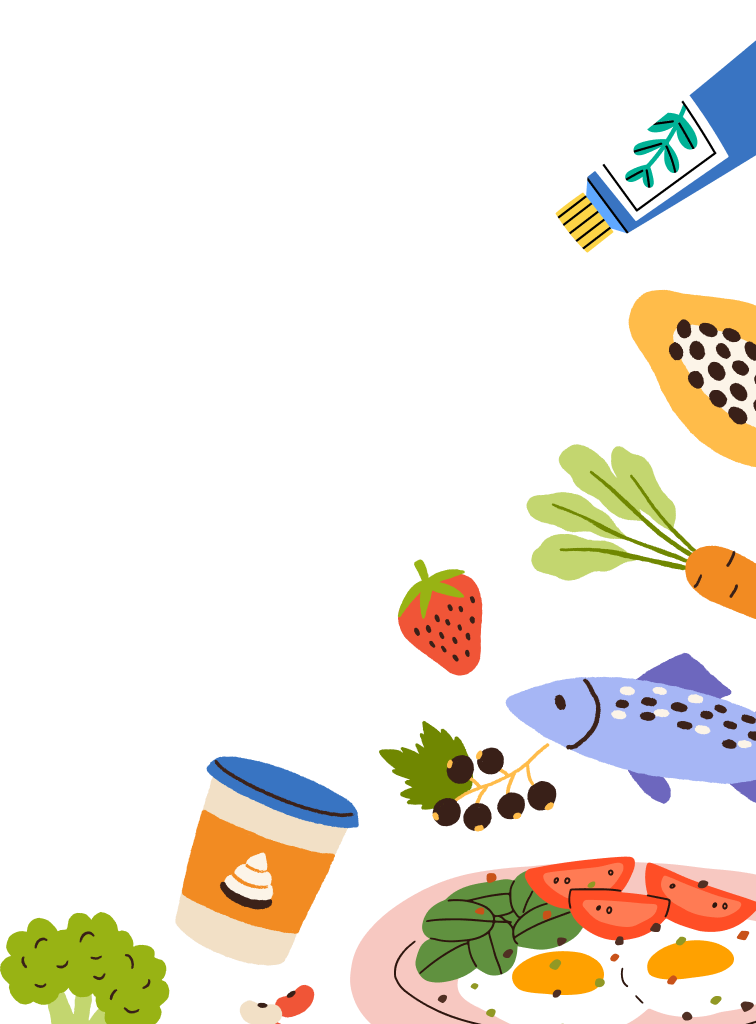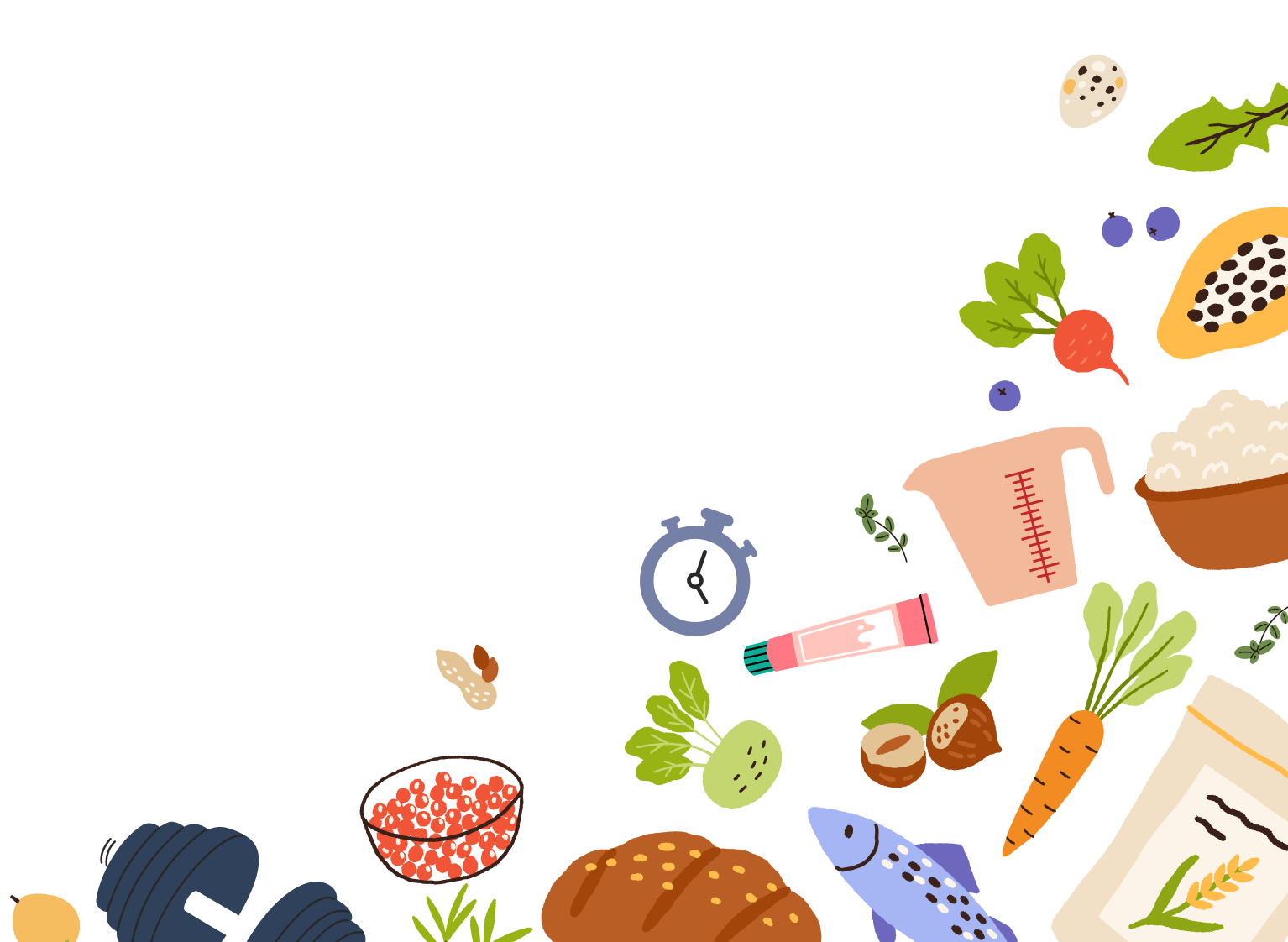What is an "Ingredients Only" Pantry?
A hundred years ago, every pantry was an ingredient-only pantry! With modern-day conveniences come pre-made meals, quick grabs, and fast foods. A well-stocked pantry is a game-changer for both your health and the time you spend cooking. Long-lasting and shelf-stable items can be stocked up on ahead of time, reducing the need for last-minute trips to the grocery store and making it easier to come up with dinner on short notice. It also increases the likelihood that you already have the necessary ingredients, potentially eliminating the need for a trip to the grocery store.
When working towards an ingredient-only pantry, consider the items you use most frequently (such as oats, legumes, and canned tomatoes). Next, think of the foods you use the least (such as that one packet of taco seasoning you’ve had in your pantry for five years). Consider starting with an intentional clean-out: throw away (or compost) any expired foods, if you have duplicates of anything, arrange them in date order to use by (FIFO, have you heard of it?), and make a list of the items you use most.
To take it a step further, consider where you source your ingredients from. Do you prefer canned beans or locally grown and sourced beans (check out Rancho Gordo)? Small, family-run farms often sell beans, grains, or spices in bulk; these can be a great addition to your ingredient-only pantry and an excellent way to support local farmers in your community.
Building Your "Ingredients Only" Pantry: Essential Staples
When it comes to essential staples, consider grains and legumes first. These are often shelf-stable for long periods and store well in a dry, well-tempered environment (i.e., the pantry). Stock up on different rice varieties, pastas, beans, and lentils. With an adequate supply of these items, you’ve just created several dinner varieties.
Oils are also a great addition to your pantry. With incredibly long shelf lives, these products will not go to waste. Consider storing a high-quality olive oil, coconut oil, and even avocado or algae oil for cooking at higher temperatures. The highest quality olive oils will come from a single farm, and the olives will have been harvested recently. Learn more about picking high-quality oils with Olive Knowledge.
Herbs and spices are incredibly easy to stock up on, and you can even make your own! Taking it one step further in your ingredient-only pantry, you can dehydrate and grind onions, garlic, peppers, and more to make your own spice blends. Forewarning, homemade spices are potent, and a little goes a long way.
Canned goods are also an important addition to your ingredient-only pantry. Canning has been around since the early 1800s, and while the process may have evolved, the idea remains the same: shelf-stable, preserved foods. Check out Tasting Table to see the 15 most recommended canned foods to stock your pantry with (perhaps not surprisingly, Spam did make the list.
Baking essentials traditionally have a long shelf life and are great to keep on hand. This can include flour, sugar, baking soda or powder, and salt. To take it a step further, consider purchasing wheat berries from a local farm and milling them into your own flour. It’s much easier than you think, and the taste difference is notable. True Sourdough explores this option in more detail. Visit their website for expert tips and tricks on milling flour at home.
Menu Planning with Staple Ingredients: Creating Delicious Meals
Having a well-stocked pantry gives you versatility. Rice can be incorporated into recipes in dozens of different ways – Delish has published over 80 recipes with rice as the base ingredient. The same applies to many of the staple items listed above. Consider the following ingredients: flour, sugar, yeast, salt, and baking soda. With these staple ingredients on hand, you can make pizza dough, muffins, bread, bagels, and more.
An ingredient-only pantry may sound somewhat dull, with only the same options to utilize repeatedly. One fun boredom buster option is to focus on specific cuisines. Several food bloggers specialize in ‘pantry meals’; ShelfCooking.com specializes in ingredient-only households and even has a cookbook. An initial internet search will yield a wealth of information, including recipes, meal plans, and instructional videos.
Cooking More at Home: Practical Tips and Strategies
Overwhelmed with the prospect of an ingredient-only pantry? Consider approaching this change in phases. Start with legumes: stock up on your favorites, discard expired beans, and consider sourcing them specifically from a local farm for added benefits to your community.
Most foods can be prepared and frozen (or freeze-dried and canned) to extend their shelf life. Bread loaves are easy to batch cook and then freeze. Be sure to pay attention to the shelf life listed in the recipe you use, especially if you are cooking with dairy products. Generally, most homemade foods will remain good for upwards of five days. Homemade garlic and other spices can sit on the shelf for 8 months or more while still retaining their freshness.
If you're cooking for yourself at home, odds are you'll have some leftovers. One idea is to keep your prepared ingredients separate (i.e., cooked rice in its own dish) to be used for other meals later. This expands the potential of your leftovers and ultimately leads to reducing food waste.
Overall, focus on simple recipes with strong flavor profiles (i.e., saffron or garlic).
The Benefits of an "Ingredients Only" Lifestyle
The benefits of using an ingredient-only pantry and cooking at home are vast and seemingly endless. Aside from making healthier choices, cooking at home allows you to tap into your inner chef and further develop your cooking abilities. The planning and preparation phase of switching to an ingredient-only pantry is by far the most important. Once your pantry is stocked and you're ready to try making some food from scratch, consider trying one recipe at a time and potentially scaling it down.
With an ingredient-only pantry, the odds of you having all the ingredients on hand are high. How nice would it be to avoid those last-minute grocery store runs? Additionally, cooking at home with single ingredients gives you direct control over what goes into your body. This ultimately bodes well for healthier recipes and better-nourished bodies.
The good news is that once you start your ingredient-only pantry and cooking from scratch, the grocery list tends to get smaller. Dozens of food bloggers specialize in homemade and scratch cooking; consider an initial internet search to find some you’d like to follow or recipes you’d like to try. Having a good, trusted internet source (and having faith in yourself) is the key to success!
-
Doolin, H. (2020, May 21). Insanely Easy Ways to Use Rice, From Paella to Risotto. Delish. https://www.delish.com/cooking/recipe-ideas/g129/rice-recipes/
-
Dz., P. (2024, September 14). 3 simple tricks to recognize a high-quality olive oil. Olive Knowledge. https://oliveknowledge.com/how-to-recognize-high-quality-olive-oil/
-
Ford, M. (2025, January 5). The Ultimate Guide to Choosing the Best Fat for Frying - CookingPro. CookingPro. https://cookingpro.net/what-fat-is-best-for-frying/
-
Full Guide to Milling your Own Flour at Home (Why, How, Pros & Cons). (2020, April 19). Truesourdough.com. https://truesourdough.com/full-guide-to-milling-your-own-flour-at-home-why-how-pros-cons/
-
Rancho Gordo. (n.d.). Rancho Gordo. https://www.ranchogordo.com/
-
Riddle, H. (2022, June 26). The 15 Absolute Best Canned Foods To Stock Your Pantry. Tasting Table. https://www.tastingtable.com/907746/the-absolute-best-canned-foods-to-stock-your-pantry/
-
ShelfCooking.com. (2022, April 20). 20 Pantry Meals—Dinners You Can Make from Your Pantry - Shelf Cooking. Shelf Cooking. https://shelfcooking.com/pantry-meals/
-
White, J., & Watts, R. (2022, October 12). What Is the FIFO Method? FIFO Inventory Guide – Forbes Advisor. Www.forbes.com. https://www.forbes.com/advisor/business/fifo-method/





















Comments
Join The Conversation...